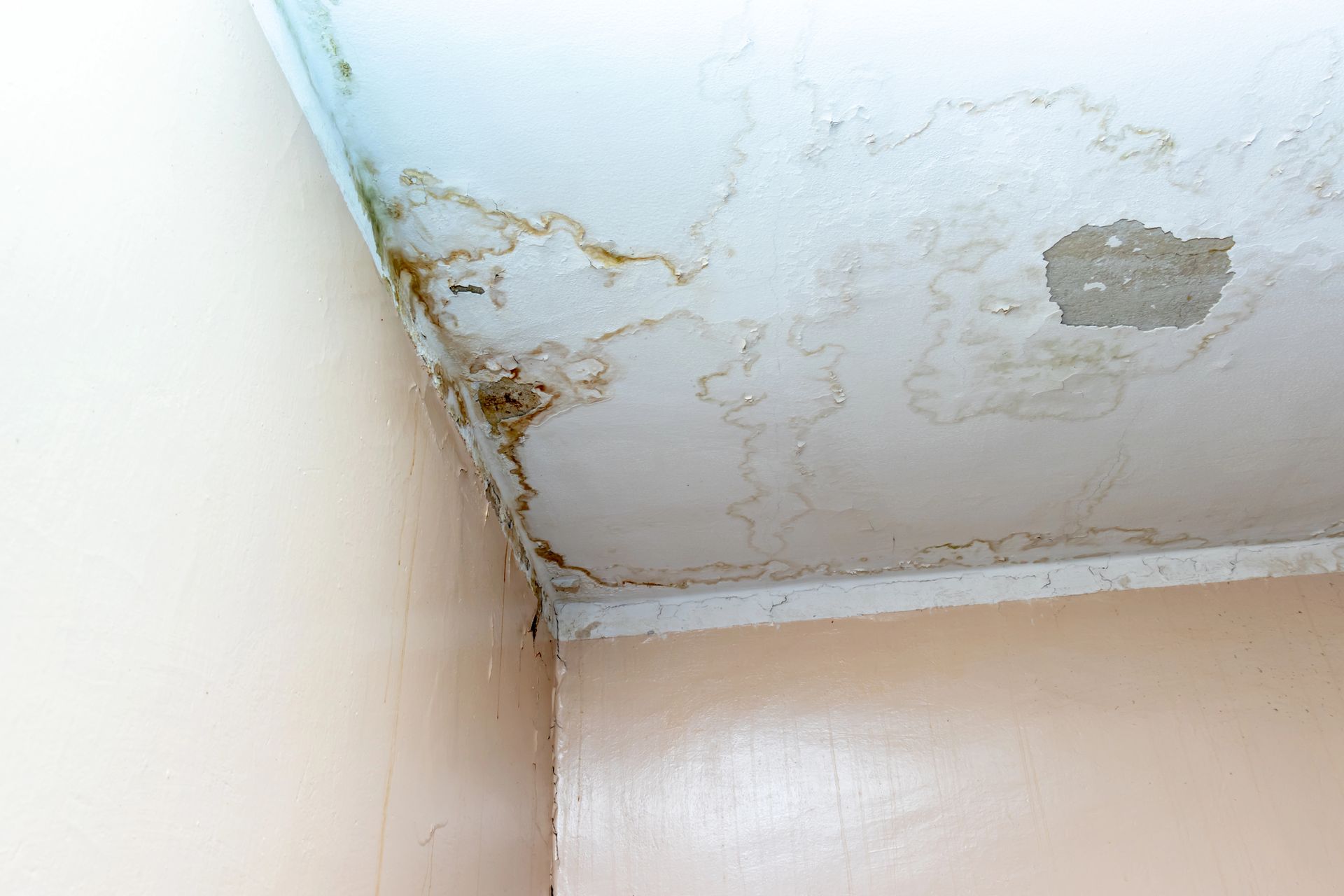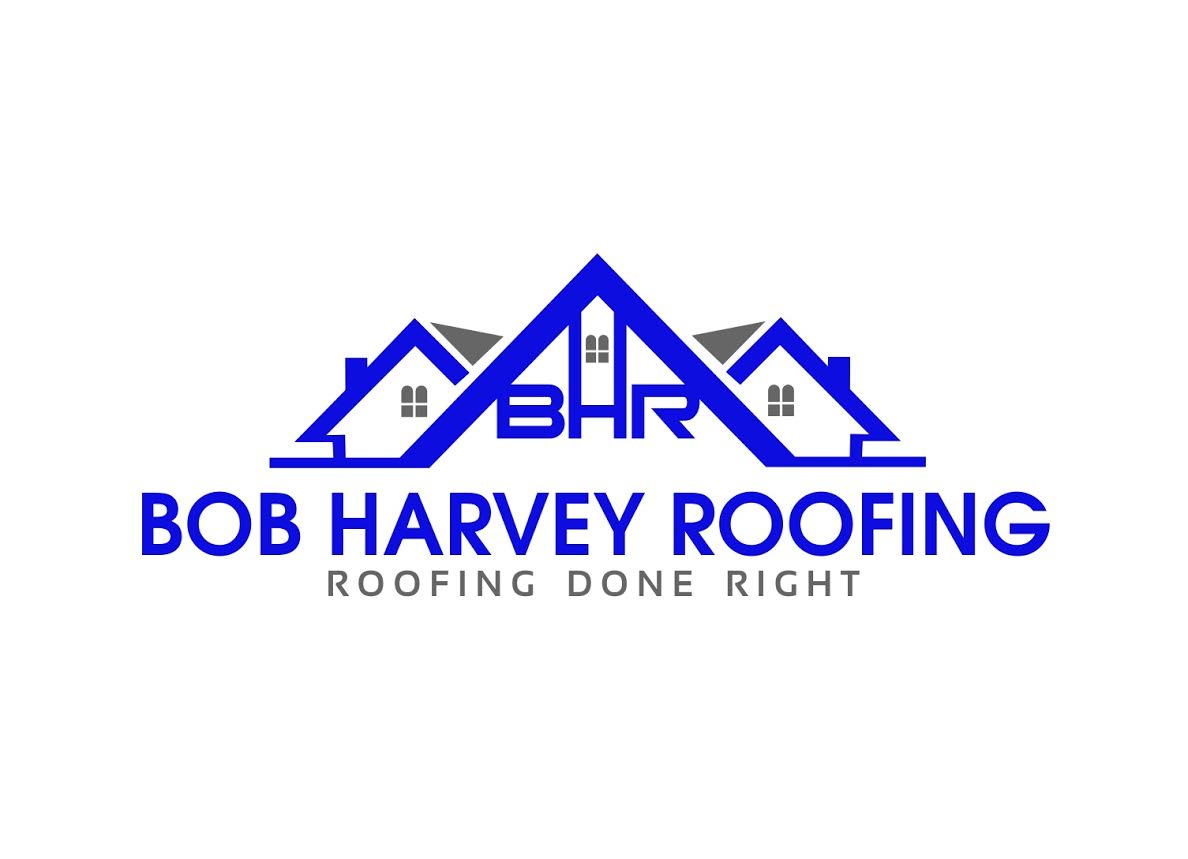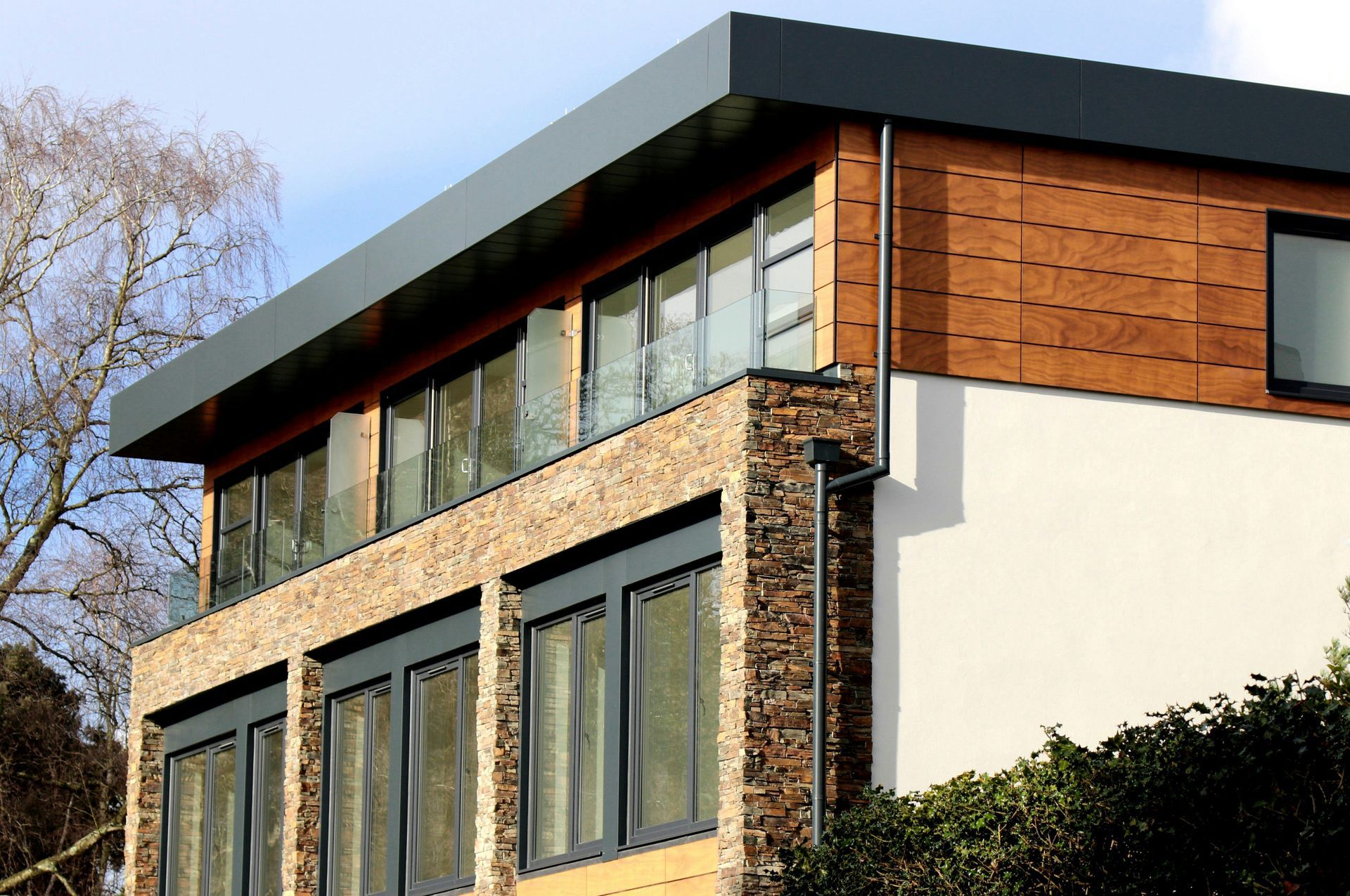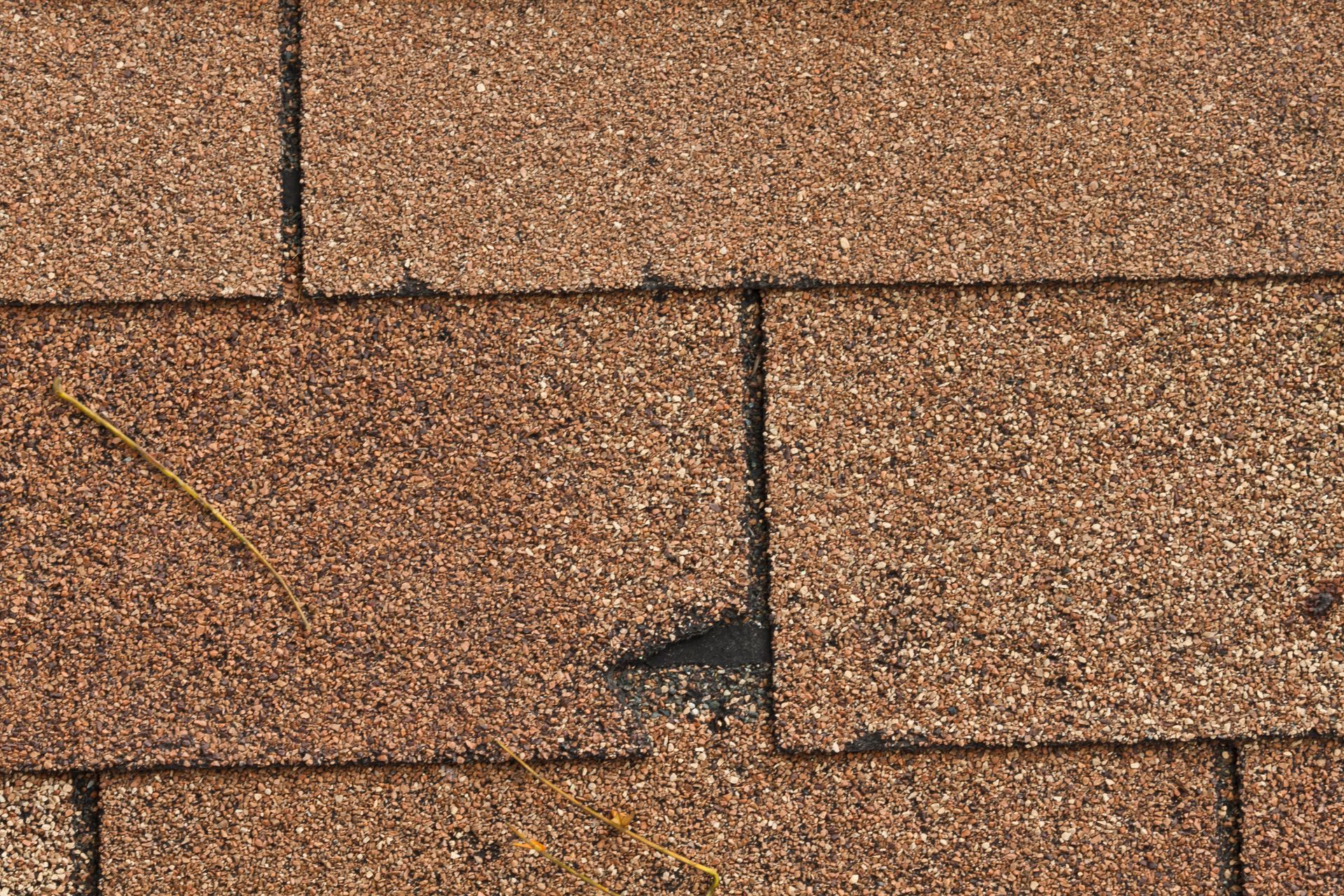
Waterproof Rooftop Decks vs. Wood: Which Lasts Longer in Utah?
Michael Naylor • August 6, 2025
Utah homeowners love rooftop decks — they’re the perfect place to soak up mountain views, entertain friends, or enjoy a quiet sunset. But when it comes to building or replacing your rooftop oasis, there’s one big question you can’t ignore: which lasts longer in Utah’s extreme climate — wood, or waterproof rooftop decks like vinyl systems?
With Utah’s blazing summer sun, heavy snowfall, and dramatic freeze-thaw cycles, your rooftop deck takes a serious beating year after year. Traditional wood decking looks beautiful but often struggles to withstand the state’s unique weather challenges. Meanwhile, modern solutions like waterproof rooftop decks in Utah, including products like Tufdek, promise durability, lower maintenance, and longer lifespans.
So which option truly stands the test of time — and which is the smarter investment for your Utah home?
In this guide, we’ll break down everything you need to know. You’ll discover how wood and waterproof vinyl decks compare in terms of lifespan, maintenance, cost, and resilience against Utah’s harsh conditions. We’ll even share real-life examples from local projects to help you choose the best rooftop deck solution for your home.
Let’s find out which deck material comes out on top in the Beehive State!
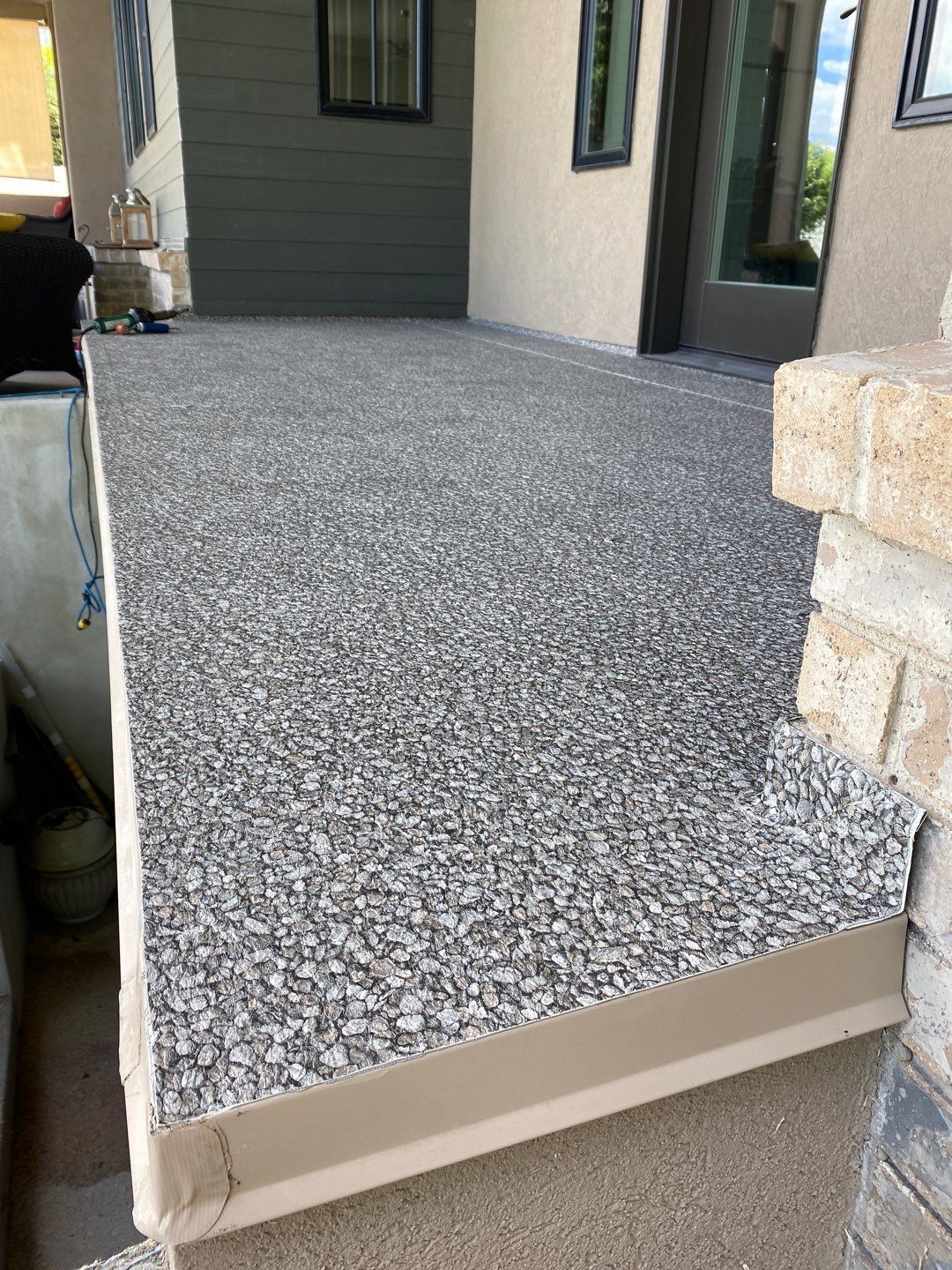
Quick Takeaways
· Utah’s harsh climate— intense sun, snow, and freeze/thaw cycles—makes rooftop deck choice critical for long-term durability and safety.
· Wood rooftop decks offer natural beauty but often last only 8–12 years in Utah without frequent maintenance like sealing and staining.
· Waterproof rooftop decks in Utah, such as Tufdek vinyl membranes, boast a lifespan of 20–25 years, resisting UV damage and preventing leaks.
· Upfront costs for vinyl are higher than wood, but lower maintenance and fewer repairs make vinyl more cost-effective over time.
· Vinyl deck systems like Tufdek double as both a finished deck surface and a fully waterproof roofing layer, protecting your home from costly water damage.
· Modern vinyl designs mimic real wood and come in many colors, delivering curb appeal without the headaches of wood upkeep.
· Local examples from Bob Harvey Roofing show Utah homeowners saving money and avoiding leaks by choosing vinyl rooftop decks over wood.
Why Rooftop Decking in Utah Demands Special Consideration
If you live in Utah, you know our state isn’t exactly gentle on outdoor spaces. When it comes to rooftop decks, the stakes are even higher because your deck doubles as part of your home’s roofing system. Unlike a ground-level deck, a rooftop deck must resist the full fury of Utah’s weather while protecting your house from leaks below.
Utah’s Extreme Climate Challenges
· High UV radiation: Cities like Salt Lake City often reach UV indices of 8+ in summer (Utah Climate Center, 2024), bleaching and cracking wood decks in just a few seasons.
· Heavy snowfall and freeze-thaw cycles: Rooftop decks in Utah can face snow loads of 30–60 pounds per square foot. Melting and refreezing can cause water to seep into wood, leading to expansion, rot, and structural damage.
· Building code requirements: Utah codes demand rooftop decks meet strict load requirements and proper waterproofing standards (ICC, 2024).
This is why waterproof systems, especially vinyl, are increasingly favored for rooftop applications in Utah.
Wood Rooftop Decks in Utah: The Natural Choice With Drawbacks
Wood decks are timeless. Few things rival the warmth and natural beauty of a wood rooftop deck. For Utah homeowners, materials like cedar, redwood, and pressure-treated pine have long been popular. Yet despite their charm, wood rooftop decks face significant challenges in Utah’s environment.
Types of Wood Commonly Used
· Cedar – natural resistance to insects, but prone to UV fading.
· Redwood – rich color but higher cost.
· Pressure-treated pine – more budget-friendly but requires frequent sealing.
Lifespan of Wood Decks in Utah’s Climate
Under ideal conditions, quality wood decks might last 15–20 years. But Utah’s climate can cut that lifespan to just 8–12 years without rigorous maintenance.
Common Issues With Wood Decks
· Warping and cracking
· Water damage and rot
· UV fading
Maintenance Costs and Time Commitment
Maintaining a wood rooftop deck in Utah requires:
· Annual cleaning, sanding, and resealing
· Average maintenance costs of $300–$600/year
· Long-term costs often exceeding $4,500–$9,000 over 15 years (NADRA, 2024)
Many homeowners don’t realize aging wood rooftop decks can weaken enough to violate snow-load codes, leading to costly repairs.
Waterproof Vinyl Rooftop Decks: A Modern Solution
If you’re looking for a rooftop deck that can handle Utah’s tough climate, waterproof vinyl rooftop decks—like Tufdek—are an excellent alternative to wood.
What Are Waterproof Vinyl Deck Membranes?
Vinyl decking is a tough, single-piece membrane installed over a solid surface like plywood. Heat-welded seams create a seamless, waterproof layer that keeps rain and snow from ever reaching the roof structure below.
Lifespan of Waterproof Vinyl Decks in Utah
· Tufdek vinyl decks can last 20–25 years with minimal maintenance (Tufdek, 2024).
· UV stabilizers prevent fading, even under Utah’s strong summer sun.
Benefits of Vinyl Waterproofing Over Wood
Total Waterproof Protection
· Prevents leaks into living spaces
· Protects the roof structure itself
UV Resistance and Color Stability
· Colors stay vibrant for decades
Slip Resistance and Safety
· Textured surfaces prevent slips, even in Utah’s snow and rain
Low Maintenance Costs
· No staining, sanding, or sealing required—just occasional washing
Vinyl systems like Tufdek act as both a deck surface and a watertight roofing layer—crucial protection in Utah’s climate.
Modern vinyl decks even mimic natural wood patterns, offering the look homeowners love without the maintenance burden.
Cost Comparison: Wood vs. Waterproof Vinyl Decks in Utah
Let’s talk numbers, because the choice often comes down to budget.
Upfront Installation Costs
· Wood: $15–$25/sq. ft. installed
· Vinyl (Tufdek): $20–$30/sq. ft. installed
Maintenance and Lifecycle Costs
· Wood: Requires frequent sealing, cleaning, repairs
· Vinyl: Minimal upkeep beyond cleaning
Over a 15-year span, wood’s maintenance costs can add thousands more than vinyl, despite wood’s lower upfront price.
Impact on Home Value and ROI
A well-maintained vinyl deck boosts resale value thanks to:
o Modern aesthetics
o Proven waterproofing
o Lower buyer concerns over leaks or repairs
Hidden costs are a big factor. Leaks from wood decks often damage interior spaces—costing homeowners $5,000–$15,000 in repairs.
In Utah, the true cost gap grows because snow loads accelerate wood deterioration. Vinyl systems spread weight evenly and protect the structure beneath.
FAQs About Waterproof Rooftop Decks in Utah
Q1. How long do waterproof rooftop decks in Utah typically last? Waterproof vinyl systems like Tufdek can last 20–25 years or longer in Utah’s climate, far outpacing wood’s typical 8–12 years.
Q2. Are vinyl roof decking systems slippery in Utah’s snow or rain? High-quality vinyl decks are designed with slip-resistant textures for safer walking, even during snowy Utah winters.
Q3. Is wood decking a bad idea for rooftop decks in Utah? Not always—but wood demands high maintenance and is prone to faster wear under Utah’s harsh climate. Many homeowners prefer vinyl roof decking Utah solutions for longer life.
Q4. What’s the cost difference between wood and waterproof vinyl decks in Utah? Wood may be cheaper upfront, but maintenance adds thousands over time. Vinyl costs more initially but saves money in the long run.
Q5. Can waterproof vinyl decks really prevent leaks into my home? Yes! Vinyl membranes create a seamless, watertight layer that prevents water infiltration—a crucial benefit for rooftop decks in Utah.
Q6. Will vinyl decks fade under Utah’s strong sun? Vinyl products like Tufdek include UV stabilizers, helping them retain color much longer than wood.
Q7. Do waterproof rooftop decks add value to a Utah home? Absolutely! A low-maintenance, leak-proof rooftop deck improves curb appeal and resale value.
Choosing the Right Deck for Your Utah Home
Ultimately, your choice depends on priorities. If you love the natural look of wood and don’t mind regular upkeep, a wood deck can still work. But for many Utah homeowners seeking low-maintenance, waterproof rooftop decks, vinyl solutions like Tufdek provide unmatched durability and peace of mind.
Scheduling a professional inspection is the best way to determine if your wood deck is nearing the end of its lifespan.
Ready to protect your rooftop oasis for decades to come? Contact Bob Harvey Roofing today to explore your options for a Tufdek waterproof rooftop deck!
References
· Bob Harvey Roofing. (2024). Flat Roofing Services. Retrieved from https://www.bobharveyroofing.com/services/flat-roofing/
· Bob Harvey Roofing. (2024). Internal Project Documentation and Case Studies. Bob Harvey Roofing Private Archives.
· Bob Harvey Roofing. (2024). Roof Inspections. Retrieved from https://www.bobharveyroofing.com/services/roof-inspections/
· Bob Harvey Roofing. (2024). Roof Repairs. Retrieved from https://www.bobharveyroofing.com/services/roof-repairs/
· Bob Harvey Roofing. (2024). Tufdek Roof Decks. Retrieved from https://www.bobharveyroofing.com/services/tufdek-roof-decks/
· Duradek. (2024). Rooftop Deck Waterproofing. Retrieved from https://duradek.com/blog/rooftop-deck-waterproofing
· ICC (International Code Council). (2024). International Building Code Snow Load Provisions. Retrieved from https://codes.iccsafe.org
· NADRA (North American Deck and Railing Association). (2024). Decking Facts & Resources. Retrieved from https://www.nadra.org
· Tufdek. (2024). Waterproof Vinyl Decking Systems. Retrieved from https://www.tufdek.com
· Utah Climate Center. (2024). Utah Climate Data. Retrieved from https://climate.usu.edu







